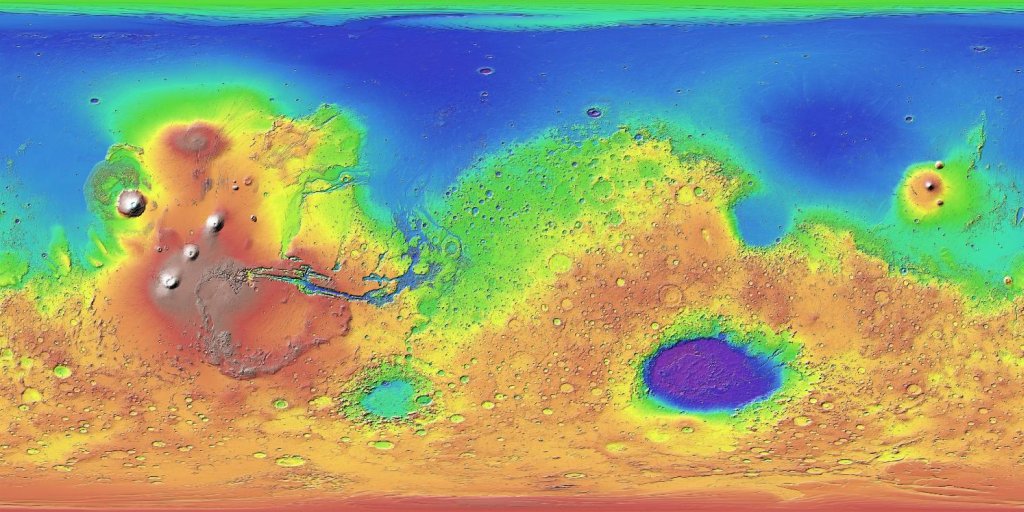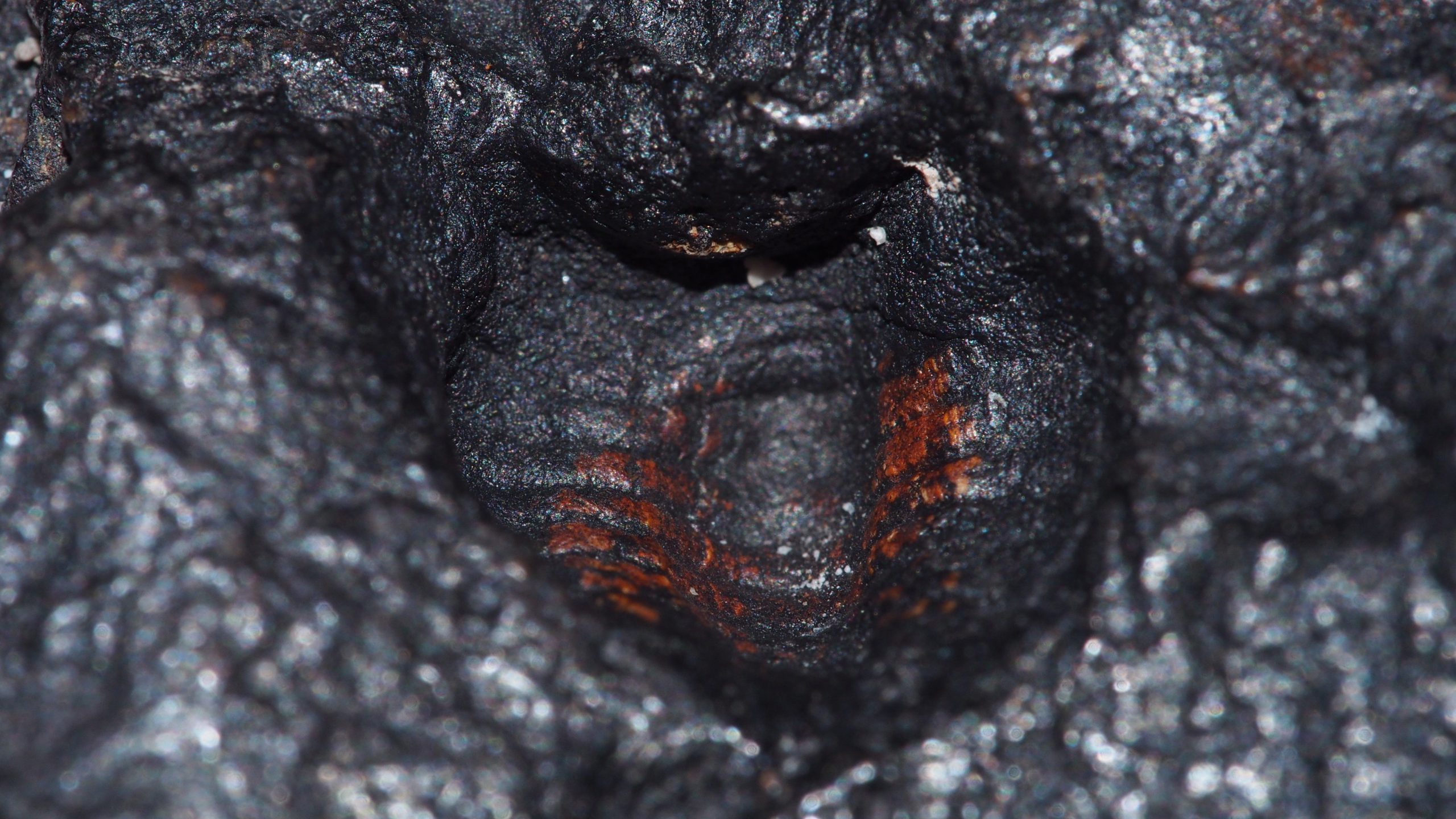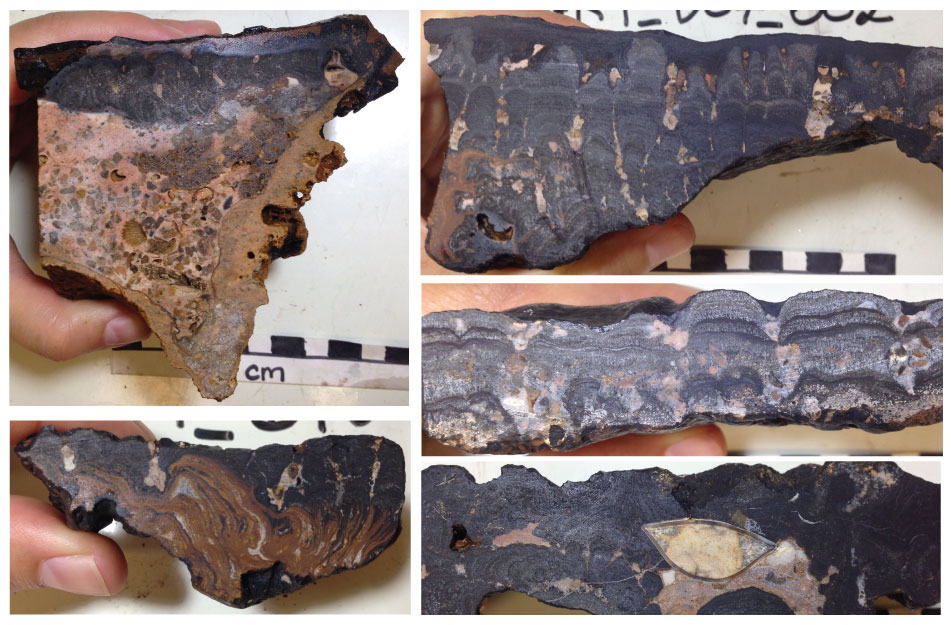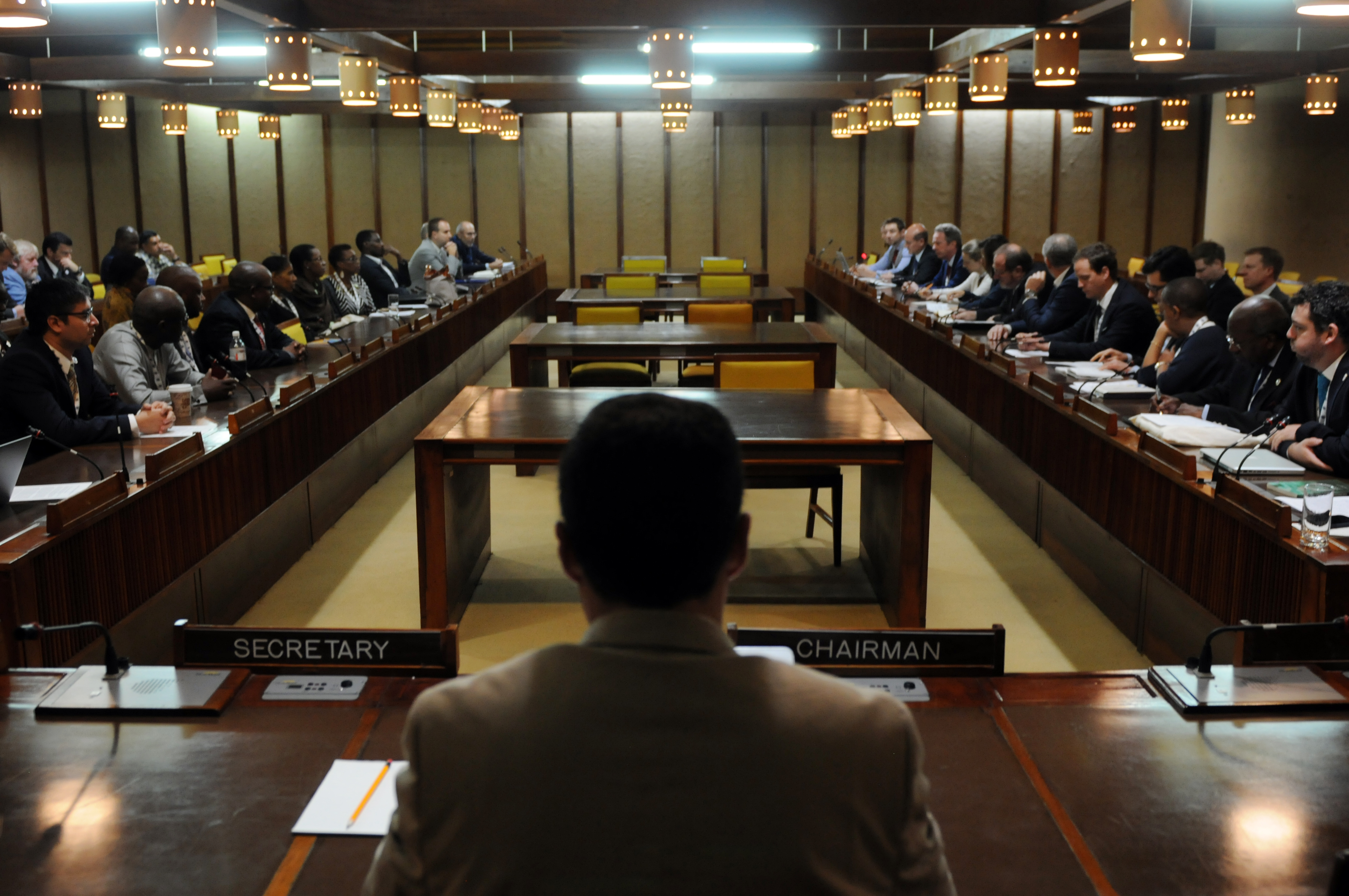Mika McKinnon for DSM Observer
Is Brazil’s offshore Rio Grande Rise the shreds of a former continent, or a bulge of restless volcanism? What seems a fussy niche debate for geologists has big consequences for deep-sea mining rights.
It takes more than water to make an ocean and more than land goes into defining a continent. The truth of the division is hidden in the rocks.
Rigid yet flexible tectonic plates perform an eons-long dance across the surface of our planet. The eroded nubs of the Appalachians are all that remain of a long-ago suture between continents, while the geologic infants of the Himalayas tower ever-taller each year, scarring the collision as as the Indian plate plows into Asia. We can see a continental plate tearing apart in the East Africa Rift Valley, and imagine the far future where new oceanic plate oozes to fill the rift, shoving valley walls apart into the coastlines of newly-separated continents.
But what distinguishes continental plate from oceanic? If we stripped our seas, elevation changes would be as easy to see as they are on Mars where the highlands and lowlands are separated by stark distinction between the northern and southern hemispheres.

Here on Earth, continental and oceanic plates are divided by their geology. Oceanic plate is thin, dense, and dark. It’s made of mafic minerals—those rich in heavy magnesium and iron like olivine. Continental plates are the inverse: thick and low-density with lots of light-colored silica oxide minerals like quartz. In theory, it’s a difference that is readily apparent in everything from the shape of volcanoes (rounded domes built up of low-viscosity low-silica lavas on oceanic plates; sharp pyramids from layers of high-viscosity high-silica lavas on continental plates) to how quickly seismic waves from earthquakes travel through the crust.
But reality is a bit more messy.
When continents collide, they form super-continents like Pangea, Gondwana, and Rodinia. But when pulled apart, they don’t consciously uncouple into a handful of plates. They shred and tear, leaving scraps of lost micro-continents tumbled among new ocean floor.
The vast majority of our planet’s crust is divided into a dozen tectonic plates. But if we use earthquake locations to draw boundaries on where plates catch and lock as they grind past each other, we might have over 150 micro-continents. And for all of them, it takes looking past the scattered rocks on their surface into the geophysical properties of their cores to sort them as oceanic or continental plates.
When we look at somewhere like New Zealand, we’re certain it’s geologically distinct from Australia. But is it actually the tiniest above-water nub of a mostly-submerged continent? Seismic waves behave as though it’s mostly granite typical of continental plates, and although it’s thinner than most, it’s still far thicker than oceanic plate. Similar arguments have been made for Madagascar, Mauritius, and others.
So what about the Rio Grande Rise near Brazil?
The first clue that something may be strange at the Rio Grande Rise is the topography—while still submerged below the sea, its an area that stands above the ocean floor on even the coarsest bathymetric map.
The next clue is granite boulders dredged from the sea floor. Rocks that large have only two possible stories: either they broke off something larger where they were found, or they were carried far from their source by a glacier. That means that either these granites are whispering stories of the Rio Grande Rise’s continental origin, or they’re hiding secrets of their journey by ice raft when an ice age wrapped the planet into a Snowball Earth.
That places solving this mystery squarely on geophysics. Current gravity surveys for the Rio Grande Rise are ambiguous, falling within a plausible range for oceanic or continental crust. But next month, researchers are presenting their newly-acquired seismic data to the largest annual gathering of geoscientists in North America to argue that the rocks of the Rio Grande Rise behave like an ocean floor, not a sunken continent.
With deep-sea mining rights at stake, it’s likely scientists will keep getting funding to chase down every possible ambiguity as Brazil angles for a stronger claim. In their search for commercial mining riches, they might discover something new about the surface of our planet.
Our understanding of plate tectonics is young. Evolving from a 1915 proposal of stately continental drift, it wasn’t until the 1950s that plate tectonics developed into a robust theory that explains everything from earthquakes and volcanoes to bands of remnant magnetism logging pole reversals, and another decade after that before it earned acceptance as the most rational explanation for the world we saw around us. It’s no wonder that with only a few decades experience, we haven’t quite got a handle on what distinguishes continents from oceans. It’s certainly plausible that with more detailed studies, we discover rises, bumps, boundaries, and plateaus that don’t fit within our current binary division of land and sea.
No matter how this turns out for Brazil’s deep sea mining claims, we’re going to learn a lot more about what makes a continent, and how the pieces of our planet have moved and evolved over billions of years.
Featured photo: Fossil embed in a rock sample collected during the Marine E-Tech cruise to the Rio Grande Rise. Courtesy Bram Murton/National Oceanography Center, Southampton.



